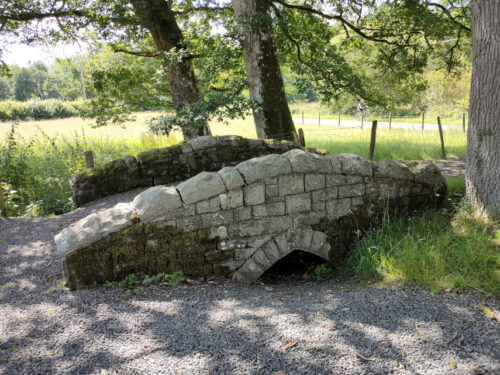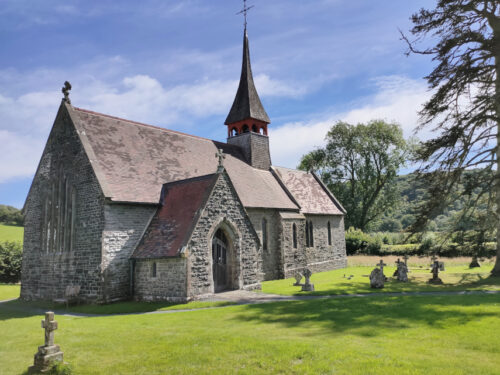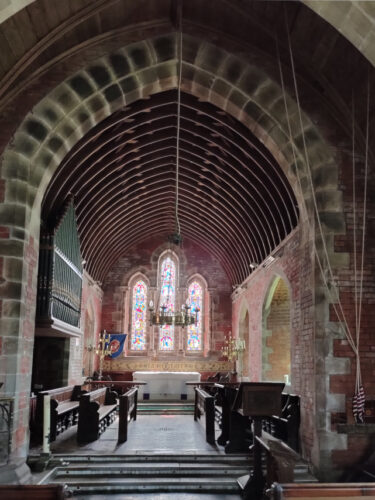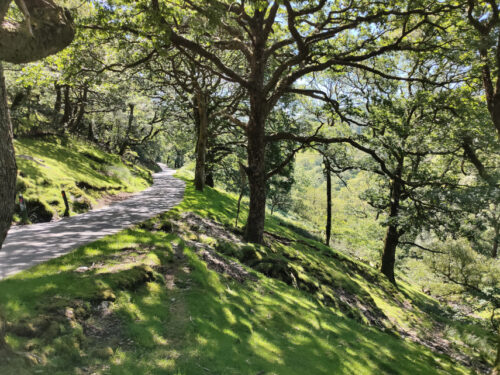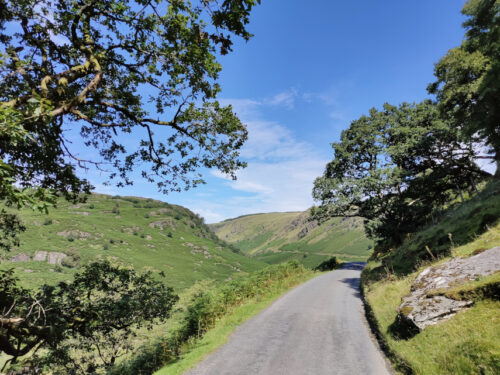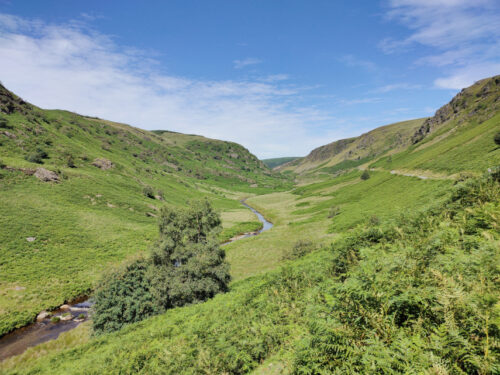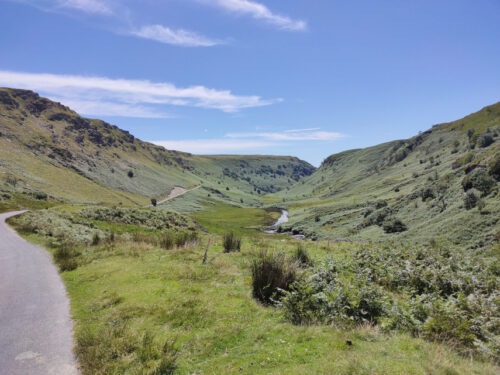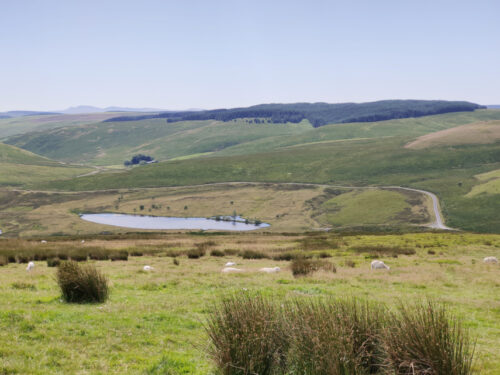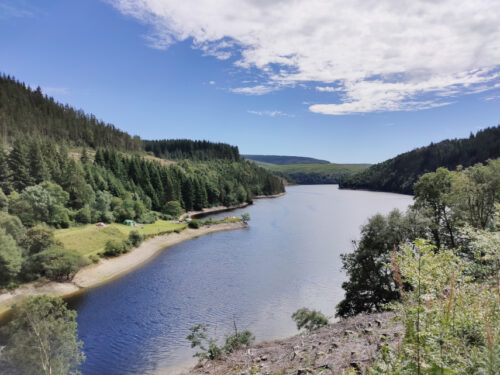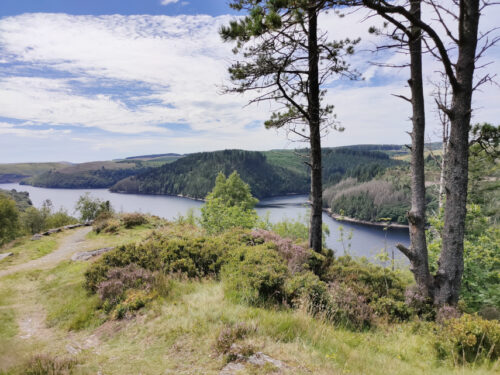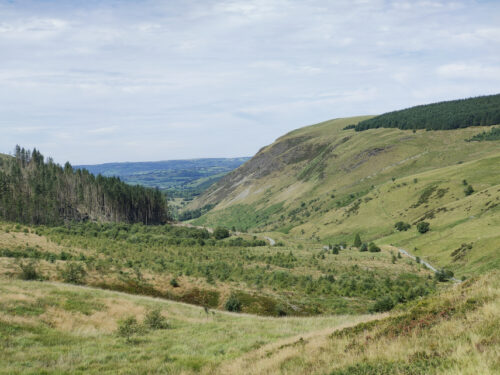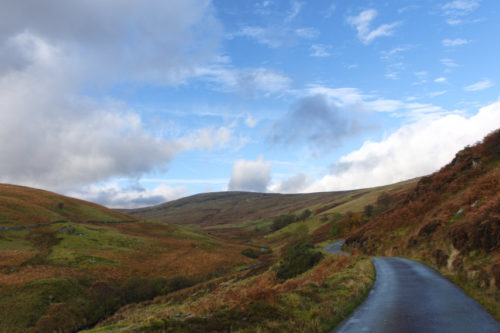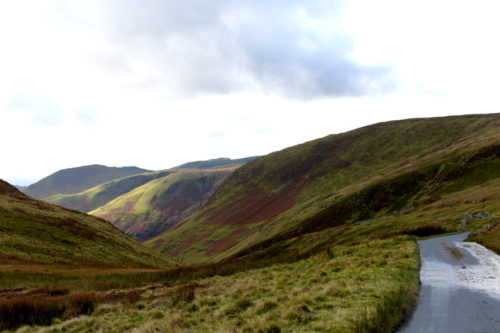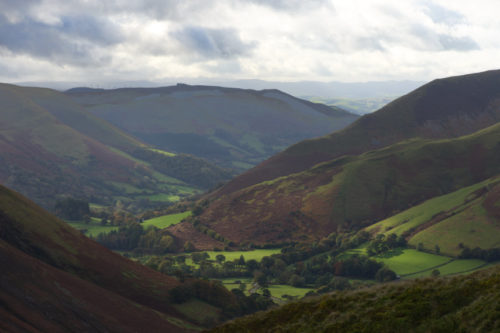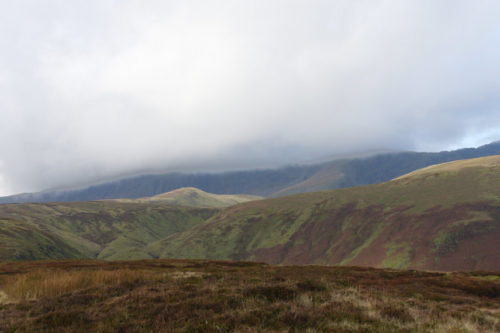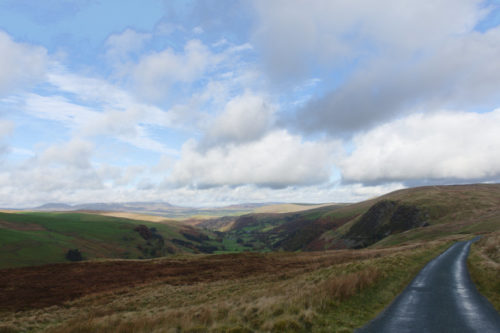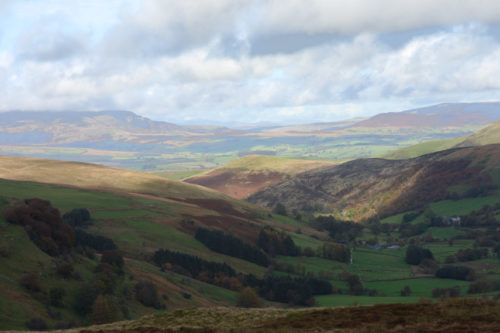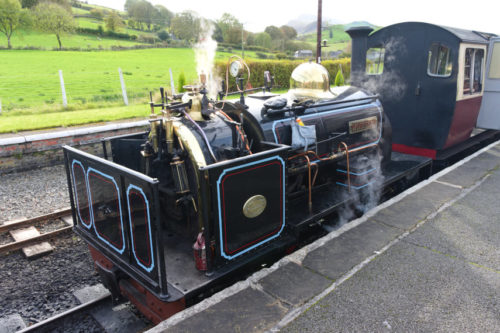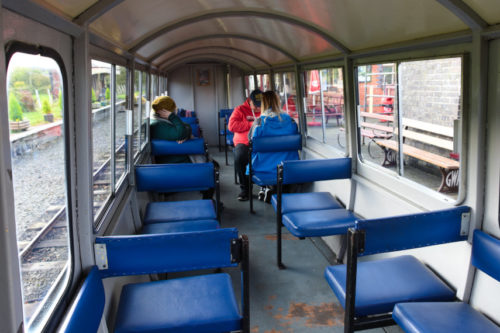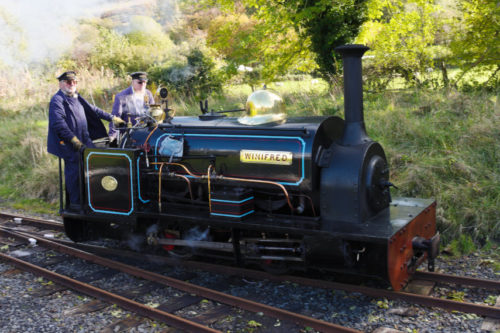Ross and Moss – Day 1
Our travelling this year has been severely curtailed because of Covid-19 so no surprises there. When Covid-19 first appeared and the country went into lockdown we were able to only walk locally. Then restrictions on driving eased a little, although we weren’t able to travel far, but eventually those restrictions were also eased to the point that we considered going away for a few days. So when a few days of sunny weather were forecast we decided to bite the bullet and off we went.
We booked accommodation in the Forest of Dean and set off in the sunshine.
Our first port of call was Ross-on-Wye in Herefordshire just a short way from our final destination. I had been to Ross-on-Wye about 65 years ago and could remember nothing at all about it so it was like a first visit.
This next picture shows a general view of the town taken from the banks of the River Wye with the famous church spire showing well above the rest of the buildings. There is, of course, a riverside walk here.
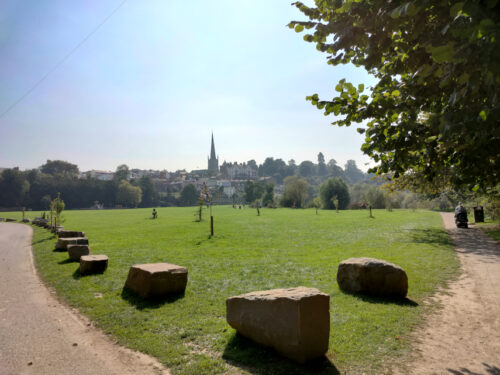
When we arrived we parked in a car park in Edde Cross Street then walked back to the junction with High Street . A short distance along High Street brought us to the Old Market Hall at the top of Broad Street. This was built around 1650, and replaced what was probably an earlier wooden building, and markets are still held in it today. It does look rather impressive.


Having had a good look around the Market Place we walked the short distance to the church and, at 205 feet, that is what I call a spire! Although the spire was rebuilt in 1721 the church itself was built in 1316 and is one of the largest churches in Herefordshire.

The attractive interior is certainly spacious and features a number of monuments.
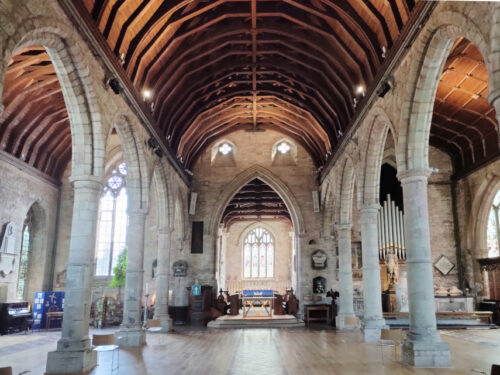
Outside in the churchyard is the Plague Cross which was erected to mark the graves where the three hundred or more townsfolk were buried by night and without coffins during an outbreak of the plague in 1637.
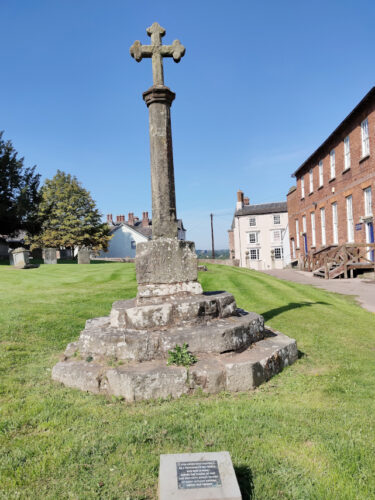
To one side of the church is a small, but beautiful, public park called ‘The Prospect’ which includes some fine trees and also provides an impressive view looking down over the River Wye and the surrounding countryside.

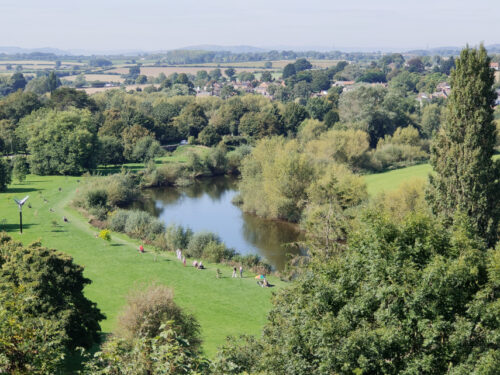
After looking around the church we wanted some lunch so, going back to the Market Square to look round, we found a nice little cafe at the top of Broad Street quite close to the Old Market Hall.
There is a small outside sitting area, seen in the picture below, but we ate inside. We had a small but satisfying, and very tasty, lunch.
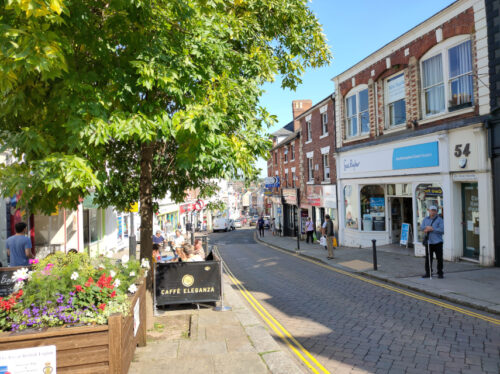
After lunch we spotted a few more items of interest on our way back to the car. A rather quaint alley, some old almshouses and a very ancient timber-framed building now used as an antiques shop.

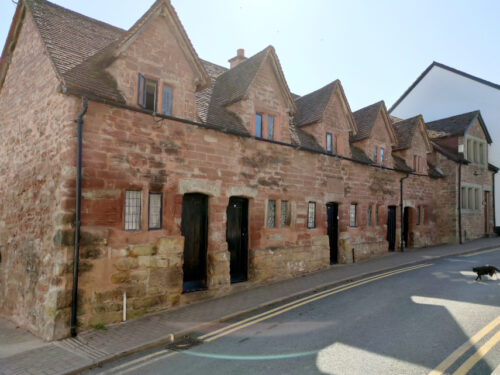
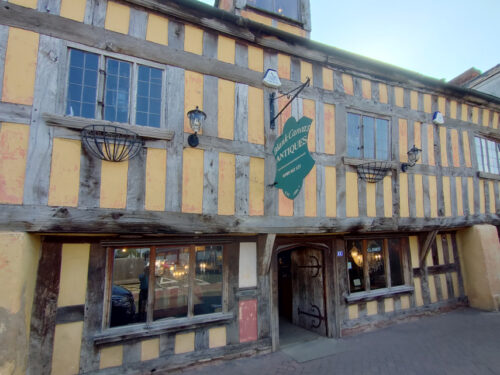
After leaving Ross-on-Wye we drove the 8 miles to our hotel which was not in any town or village but in the middle of the Forest of Dean.
Having registered we moved in to our room, unpacked and went outside to explore the forest .

I took this photograph of the Speech House Hotel before we started walking.
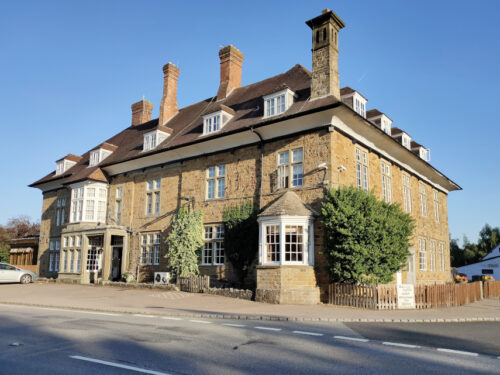
There was a path nearby called Spruce Ride so we started with that and noticed on the map that it went past a lake and decided to walk as far as the lake and back. The forest off to the side of the track looked very pleasant.
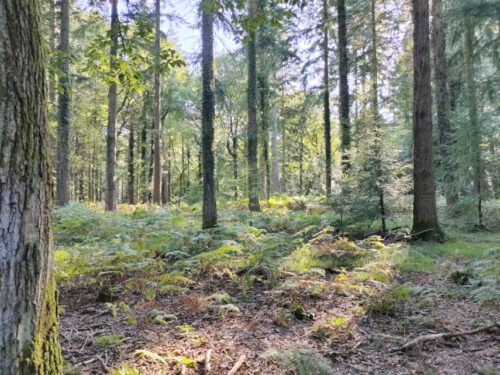
We spotted a little stream where the water was very brown. This area, surprisingly, had a lot of mines in the past, some of which were for iron, so it’s not surprising to find water coloured by the iron ore in the ground.

It didn’t take very long to reach the lake which looked very picturesque in the sunshine and it was lovely and quiet.
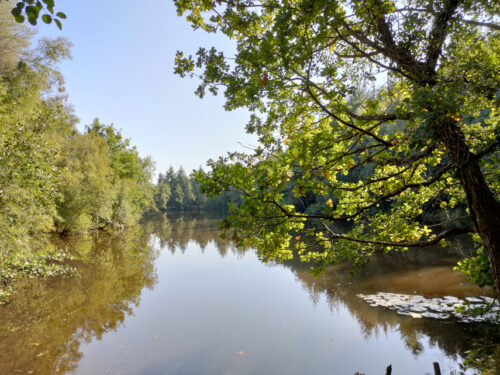
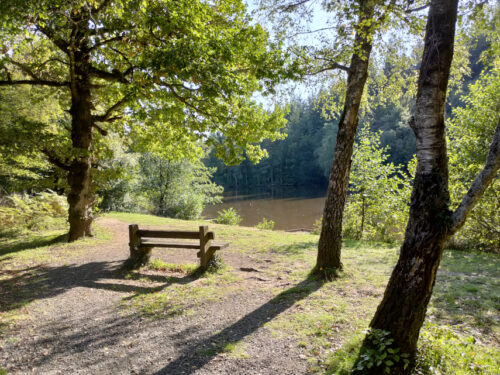

We were on the lookout for things other than trees and lakes and eventually came across a number of interesting fungi.
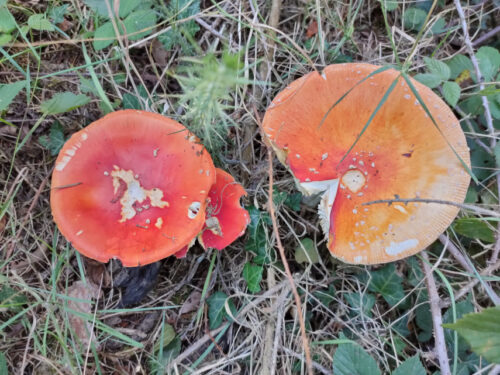
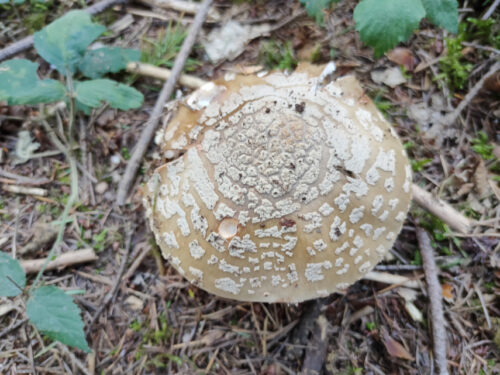
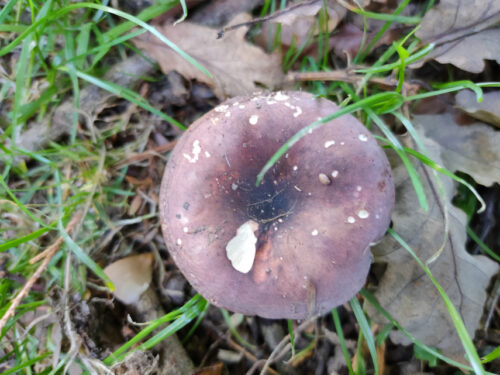
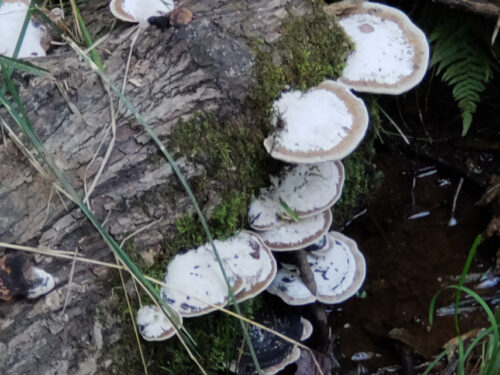
On our way back we saw this tree which was covered in moss. Not something one sees every day. A ‘Moss Tree’ perhaps.
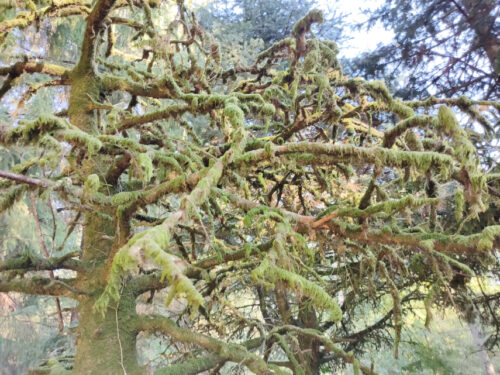
The marker on the map below shows our path to the lake and the light area by the junction is the Speech House Hotel. You can zoom in and out using the plus and minus icons.
After returning to the hotel it was time to freshen up and go down to dinner. We had a choice of restaurant and this evening we chose the more formal dining room which, I have to say, was rather nice.

We started off, before ordering our meal, with cocktails. Amanda had an Espresso Martini which was coffee flavoured, which she rather liked, and mine was a Passion Fruit Cocktail. If Amanda’s head looks a little odd it’s the ultra wide angle lens I used to take this photograph.
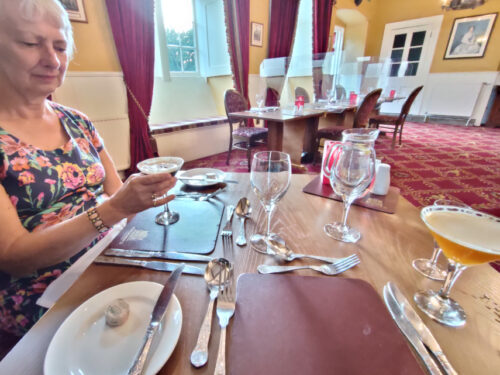
Our meal turned out to be very nice and afterwards we retired for the night.
Ross -on-Wye was a lovely little town and we do like the Forest of Dean. So there endeth our first day. I wonder what tomorrow will bring?
